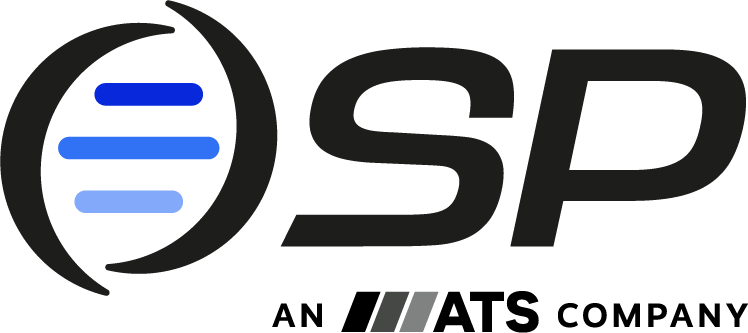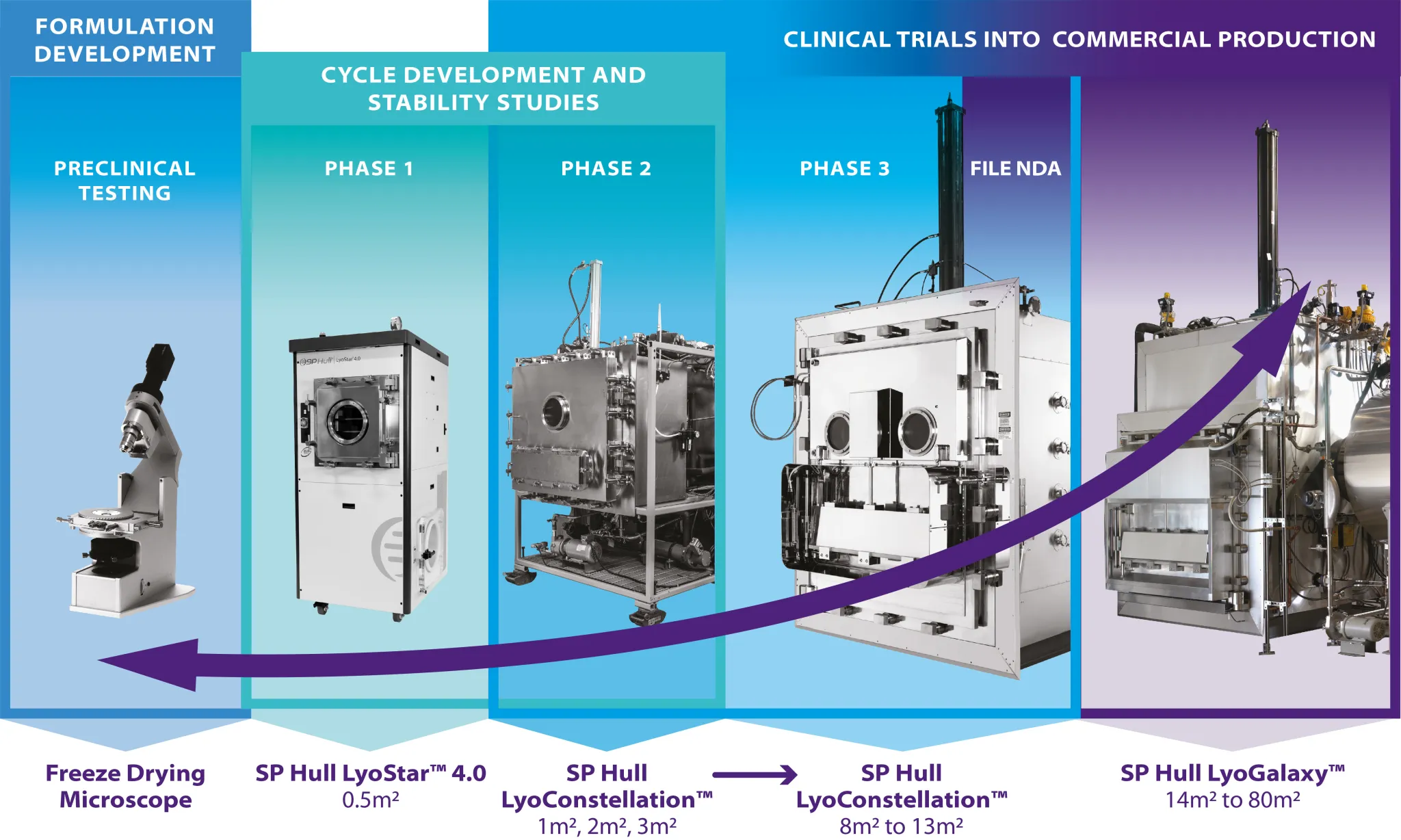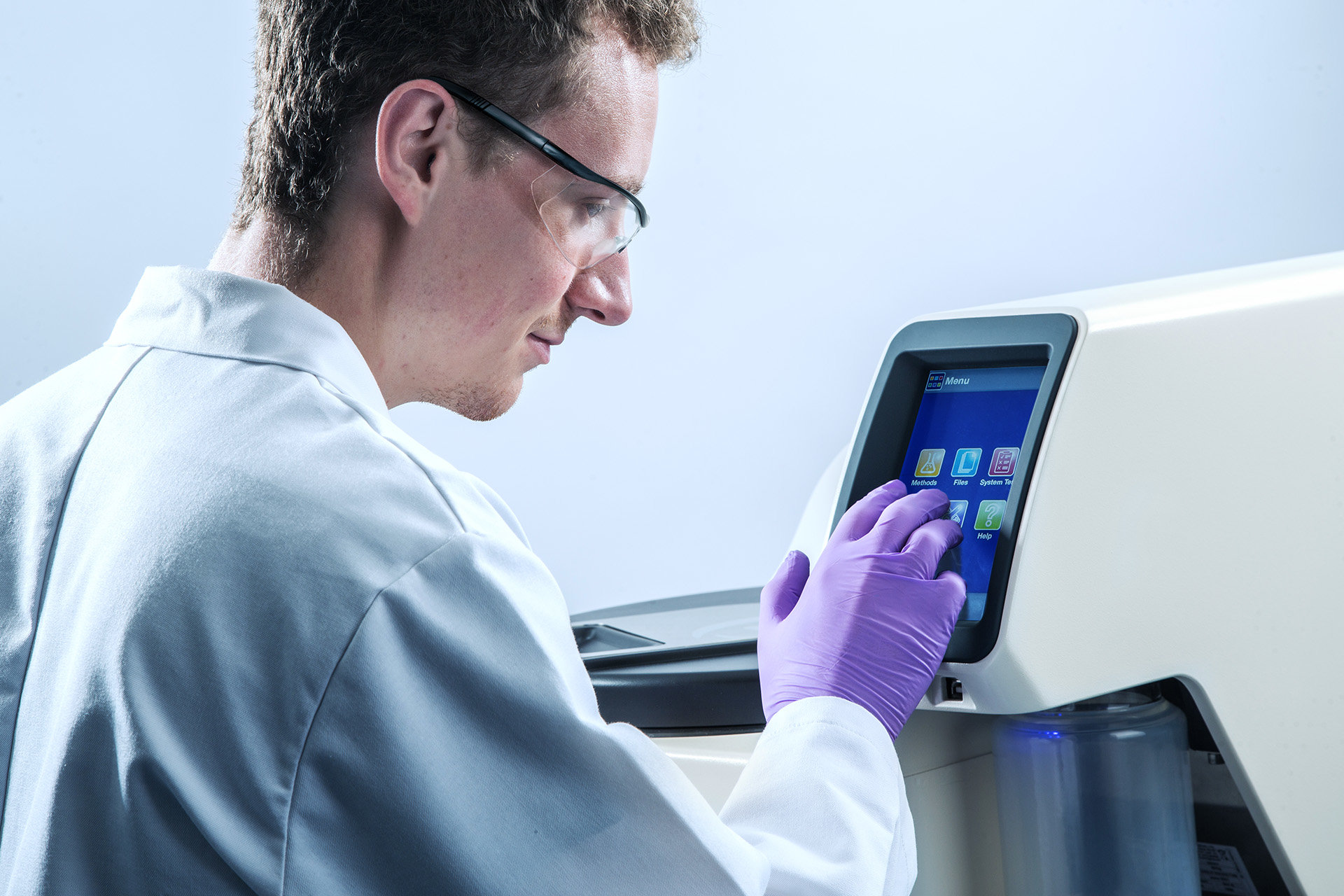White Papers & Tech Notes
Stay ahead of the curve with white papers and technical guides that turn complex science into actionable results for your lab.
Filters
Let Us Share Our Expertise
Learn from industry leaders with our on-demand webinars, white paper & tech notes, the latest training offerings, and more.









